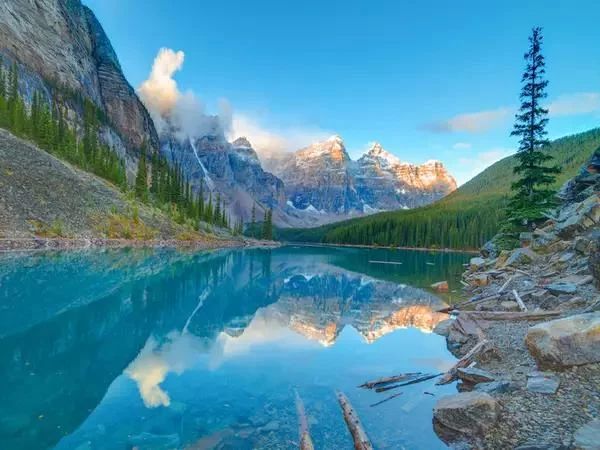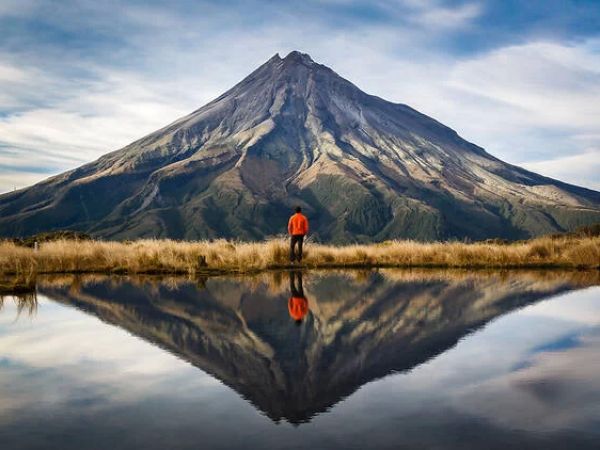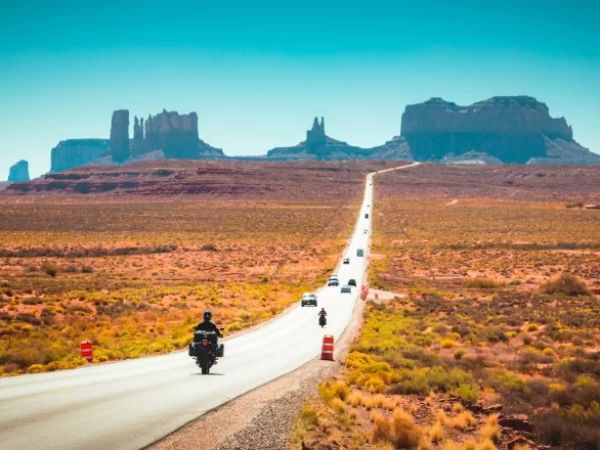How to Travel Through South America: An Ultimate Travel Guide
- 1. Planning Your Trip: Key Tips for South America
- 2. Must-See Destinations Across South America
- 3. Unique Local Experiences and Cultural Insights
- 4. Getting Around South America: Transportation Tips
- 5. Budget Travel and Safety Tips for South America
- 6. Sustainable Travel in South America
1. Planning Your Trip: Key Tips for South America
Traveling through South America is an adventure of a lifetime, offering a wide range of landscapes, cultures, and experiences. The first step in planning your trip is choosing the right time to visit. The best months to travel are typically between December and March, as the weather is more favorable, especially in countries like Argentina, Brazil, and Chile. It's essential to research the specific destinations you're interested in, as climate and conditions vary widely across the continent.
2. Must-See Destinations Across South America
When you think of South America, iconic destinations like Machu Picchu, the Galápagos Islands, and Iguazu Falls likely come to mind. But there’s much more to explore. From the salt flats of Bolivia to the jungles of the Amazon, each country offers something special. For example, in Peru, take time to explore not only the Incan ruins of Machu Picchu but also the Sacred Valley and the vibrant city of Cusco. In Brazil, beyond Rio de Janeiro's beaches, visit the historic town of Paraty and the Pantanal wetlands for an unforgettable wildlife experience.
One travel story I recall is from a friend who trekked through Patagonia, encountering breathtaking landscapes with snow-capped mountains, clear-blue lakes, and glaciers that stretched for miles. The beauty and solitude were unlike any other destination she had visited. Whether you're a hiker, nature lover, or beach enthusiast, South America has it all!
3. Unique Local Experiences and Cultural Insights
Immersing yourself in local cultures is one of the best parts of traveling through South America. In Argentina, try tango dancing in Buenos Aires, and don’t forget to savor a traditional Argentine barbecue. In Colombia, you can explore the colonial charm of Cartagena and its lively streets filled with salsa music. The key is to step beyond the tourist spots and connect with the people, food, and traditions that make each destination unique. I vividly remember joining a local cooking class in Ecuador, where I learned how to prepare ceviche and other regional dishes—an unforgettable culinary experience!
4. Getting Around South America: Transportation Tips
Getting around South America can be an adventure in itself! Buses are the most common and cost-effective mode of transport, connecting even remote areas. However, for long distances, consider taking flights, especially in countries like Brazil and Argentina. In cities, use taxis or rideshare services like Uber to navigate busy streets. A travel tip: always double-check your transport arrangements in advance, as schedules and reliability can vary.
5. Budget Travel and Safety Tips for South America
South America is known for being affordable, but your budget can vary depending on where you are. Countries like Peru, Colombia, and Bolivia are generally cheaper, while Brazil and Argentina can be pricier in comparison. Stick to local eateries, travel with a group when possible, and always book accommodations in advance to save money. Safety is a concern for many travelers, but as long as you're aware of your surroundings, take precautions, and avoid risky areas, you’ll have a smooth trip. A tip I received before visiting Brazil was to never flash valuables in public and to keep money and passports in a secure travel pouch.
6. Sustainable Travel in South America
Sustainable travel is becoming increasingly important, and South America offers numerous opportunities for eco-conscious travelers. From supporting eco-friendly tours in the Galápagos Islands to staying in sustainable hotels in Costa Rica, your choices can make a difference. One impactful experience I had was in the Amazon rainforest, where I participated in a community-led conservation project. Not only did I help preserve the natural habitat, but I also learned about the incredible biodiversity of the region.






